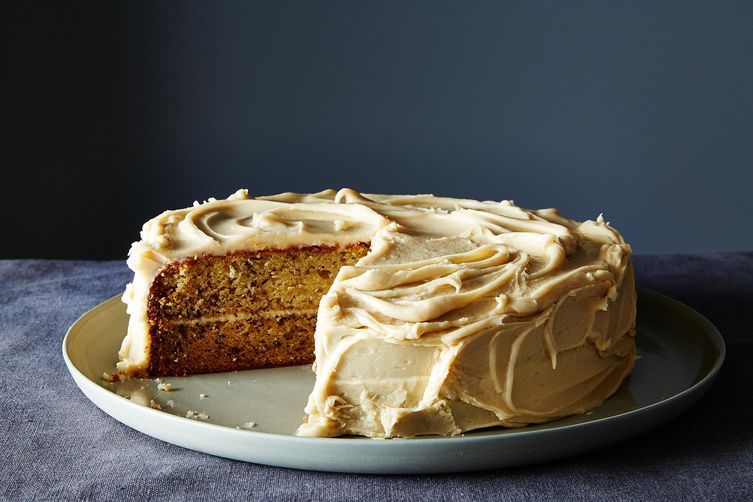Popular on Food52
Continue After Advertisement
11 Comments
Linda
September 21, 2014
I eyeball it. Then put the full pan on the scale and weigh it in metric. I put the second full pan on and weigh it in metric. Then move the batter from the heaviest to the lightest until they're within a few grams of the same weight. With more than two layers, you weigh all the pans and adjust as needed to even them out. When you do that, you don't have to subtract the weight of the pans or fiddle with the weight of the bowls or worry about batter left stuck in the bowl or on the spatula. :)
Sinthia
December 15, 2015
Too much handling deflates the batter. 1 well-planned transfer is ideal.
And I would like to take this opportunity to thank the author for the dry-weight tips. I've always done it one ingredient at a time on a coffee filter.
And I would like to take this opportunity to thank the author for the dry-weight tips. I've always done it one ingredient at a time on a coffee filter.
spiffypaws
September 8, 2014
I've weighed all of my mixing bowls and written the weight of each on the bottom in perm. marker. That way, if the weight of the batter varies at all fro the norm (it can), I still have even distrib. because I just subtract the weight of the bowl from the total weight and divide by # of pans.
Emily H.
September 10, 2014
Oh my, that is a KILLER trick to remember. I never thought of just writing the weight on the bottom of the bowl. Awesome!
JohnL
September 8, 2014
I've always used method #1 above, but I never thought to keep the weights with the recipe for future reference so I never have to do it again. Maybe I was afraid the flour's weight might vary with humidity at different times of the year. But not enough to matter? P.S. Alice's Dried Fruit and Nut Cake (from her book Pure Dessert) is superb. It is chock full of walnuts and just enough batter to hold it together. This is THE cake to try if you don't think you like fruit cakes (I don't usually). What convinced me to try the recipe was the full page photograph in a Best of the Best collection by Food & Wine Magazine. It is gorgeous!
mrslarkin
September 8, 2014
Excellent tips! I always use the scale method (in grams). I like to be very accurate with even cake batter distribution, so I use cake pans that weigh exactly the same.
Sinthia
December 15, 2015
What's the pan's weight used for? I understand the need for mixing bowl weight.


See what other Food52 readers are saying.